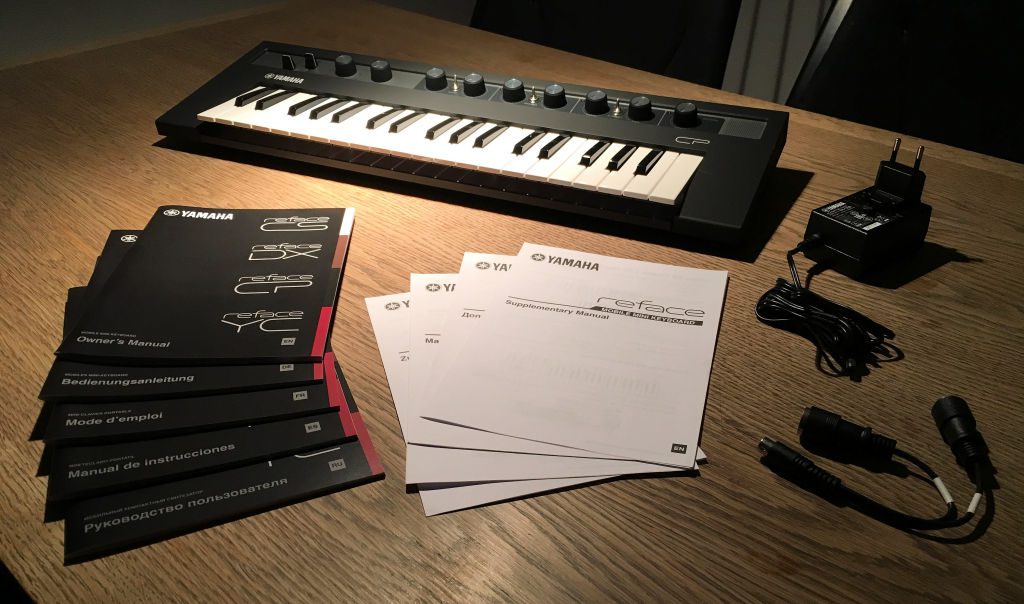Read more “The Road to my First SID Tune in 25 Years”Publishing my Computer Chronicles lately gave me a lot of positive response and it dawned on me how much the C64 scene still remembered and respected me for the editor and music I did back in the day. Not that I had been totally oblivious to it. That has been almost impossible on Facebook. I now have more than 750 friends there, and of course most of them have befriended me because of my past on the C64. I have been practically dragged into several C64 and Amiga Facebook groups, whether I wanted to or not. I just accepted it. Maybe there would be some nostalgia to check up on from time to time.
All these years, however, I always considered the C64 a thing of the past. A closed chapter. Now we have computers that are so much faster and produce so much better material, it’s not even funny. I considered the C64 a product of its time and instead spent my years making web sites and playing a ton of PC games. I had high hopes for some of the web sites and fan game sections I wrote, but none of them created much of a stir. It was pretty much letdown after letdown. There were a few dedicated visitors, but actually spawn discussions and spreading the word all around? Almost non-existent.
Just rolling tumbleweeds.
Especially my latest endeavor, the GameDeed web site, was almost always a major disappointment. I was actually arrogant enough to believe that a table layout would make it a strong contender among the likes of Backloggery and Howlongtobeat. Instead it immediately went for a small niche corner with less than half a dozen visitors per day. I even tried to fix this several times. Maybe if I added Steam synchronization? No? Perhaps if I added an export function? Still nothing? Then how about if I add a ton of C64 games?
Epiphanies
All these fiascos really got to me in the end and I finally decided to freeze all further development on the GameDeed web site. I played some more PC games instead and wrote a lot of blog posts about them, but again the feedback was somewhat sparse.
The hell with it, I then thought. Now I’ll do something for myself for once.








